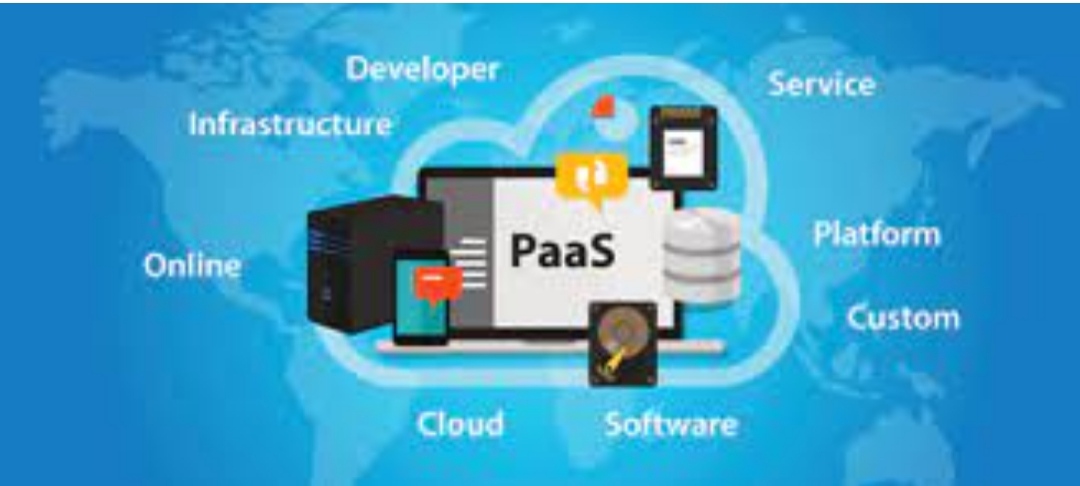With the advancement of the Internet and improved organization data transfer capacity, developed a time of distributed computing. In this season of exceptional vulnerability, however, our public activities and actual real factors have stopped, for the present, the pervasive distributed computing administrations/stages, for example, Microsoft Azure, Teams, Amazon AWS, and a few others, keep our advanced carries on with moving server management services.
From establishing an adaptable advanced workplace, supporting wellbeing administrations to empowering trustworthy online trade, distributed computing has a critical task to carry out. To use cloud administrations, you should comprehend the various sorts of distributed computing models.
This post will assist you with increasing a superior comprehension of different sorts of cloud models and significant inconsistencies between them.
What are the various kinds of distributed computing administration conveyance models?
Distributed computing holds the enormous capability of introducing various public (shared) administrations relying upon the cloud model you pick – out of the four unmistakable models. Each model expands an unheard-off level of adaptability and force. The four significant cloud counseling administration conveyance models are SaaS, UCaaS, PaaS, and IaaS.
1. Programming as-a-Service (SaaS)
Programming as-a-administration (SaaS) presents an exhaustive item that is run and managed by a cloud specialist organization/merchant. SaaS is a help in the cloud, broadening a whole programming suite in compensation per-use structure. It is made available to end-purchasers over an omnipresent organization, for example, the web. This completely evolved cloud administration model urges organizations to get moving amid the COVID-19 pandemic and react quickly to it just as scale business activities distantly.
Highlights and advantages
- On-request administration
- Free stage
- Computerized provisioning
- Multi-occupant model
- Single-sign on
- Membership based charging
- Best for far offa a joint effort
2. Stage as-a-Service (PaaS)
Stage as-a-administration (PaaS) is a subset of SaaS and it is based on an essentially similar foundation as IaaS. Other than that, in this administration model, the seller helps organizations with middleware, information base administration frameworks, OS, web workers, and improvement instruments. These epitomize a distant climate where clients can manufacture, incorporate, and run their product items without requiring any in-house equipment/programming.
In this way, PaaS empowers clients to underline their application assets and successfully deal with their information as the remainder of the things will be taken care of productively by the sellers. Since the stage is web-open, distant advancement unit can have prepared admittance to all the resources universally. This, thus, will assist them with improving their item advancement life cycle, bringing about more deft item conveyance.
Highlights and advantages
- Quick item improvement
- Online UI
- Multi-inhabitant engineering
- Outsider joining
- Future verification
- Broad pre-coded applications
Supports portable labor force
3. Foundation as-a-Service (IaaS)
Foundation as-a-administration (IaaS) is one of the most malleable distributed computing administration models which presents the necessary framework and all the registering assets to clients in a completely far off the climate. The merchants conveying PaaS administration are mindful to offer progressed types of assistance to address your organization’s infra needs, which includes information extra room, workers, virtualization, and systems administration
The complete size of the public cloud IaaS market around the world (in billion U.S. dollars)
Cloud-based processing model
IaaS is an exceptionally expandable and rewarding help as redistributing server farms, cloud segments and workers demolish the need for building up an in-house framework. This administration model can help you to upscale and downscale your infra administration on-request. IaaS will be a solid match for SMEs and new businesses that probably won’t have abundant assets to purchase fundamental infra for building their organization.
Highlights and advantages
- Dynamic scaling
- Diminished merchant lock-in
- Robotized tasks
- Virtual worker space
- GUI and API-based admittance
- Stacking adjusting capacity
- Pay according to utilize the model
- Stage virtualization
4. Brought together Communications-as-a-Service (UCaaS)
Brought together correspondences as-a-administration (UCaaS) is moving up during the current emergency as this administration model presents interchanges coherence and far off cooperation administrations to clients, around the world, through the cloud organization. Besides, this administration model gives progressed security and dependability, empowering the far off labor force to work flawlessly in a safe, virtualized cloud climate.
As work-from-home is turning into the new standard and the advanced work environment turning into the fate of work, both SMEs and huge undertakings are grasping UCaaS administrations to keep their groups associated while they work separated. UCaaS stage not just engages the versatile labor force to associate and team up over telephone/video calls yet, besides, empowers them to share records, reports, or assets employing the cloud framework for smoothed out work processes.
Highlights and advantages
- Incorporated administration
- Improved reaction time
- Voice/VoIP innovation
- Sound/video conferencing
- Supports BYOD
- Rich information channel
- Progressed security gadget
- Moment availability across gadgets





Okay.. Keep on reading